Animal Behaviour Essentials Part III: Everything Else
- March 22nd 2021
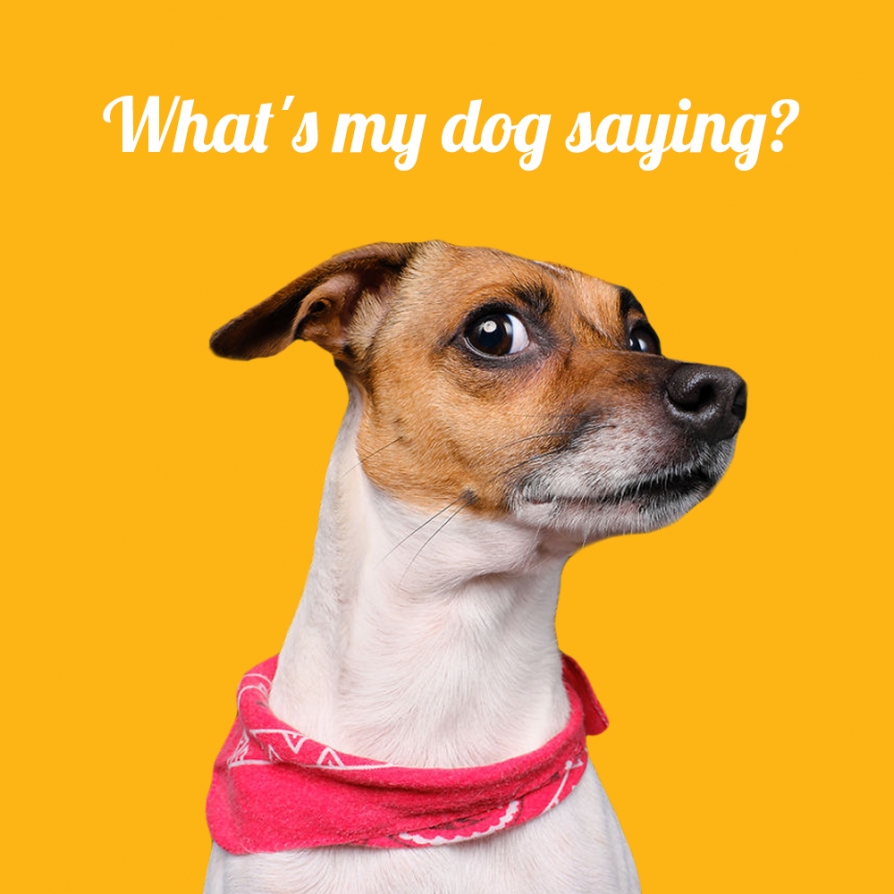
Welcome to Part III of Animal Behaviour Essentials! In Part I, we covered the various vocal sounds your dog might make and what they could mean. In Part II, we tackled understanding the tail, and the various ways in which dogs use their tail to tell you what they are thinking. Part III will handle exactly what it promises: “everything else”. So that’s those aspects of a dog’s body language you may not have thought of or may not know how to interpret.
If there is one
thing we hope this blog series has shown you, it is that dogs have expressive
body language that is an excellent cue into what is going on in our canines’
minds. Understanding your dog’s body language is the key to unlocking what they
are telling you. If you have ever felt like you and your dog share a telepathic
bond, well, it is because you are naturally good at reading their body language
and they are good at reading yours.
This blog won’t be
able to ensure a telepathic bond with your dog—we’re not
that good—but
it will cover the basics of what you need to know to understand your pet. Sound
and the tail are crucial indicators of your dog’s state of mind, but your pet
also uses their ears, eyes and mouth to communicate. Here’s what each says.
Ears
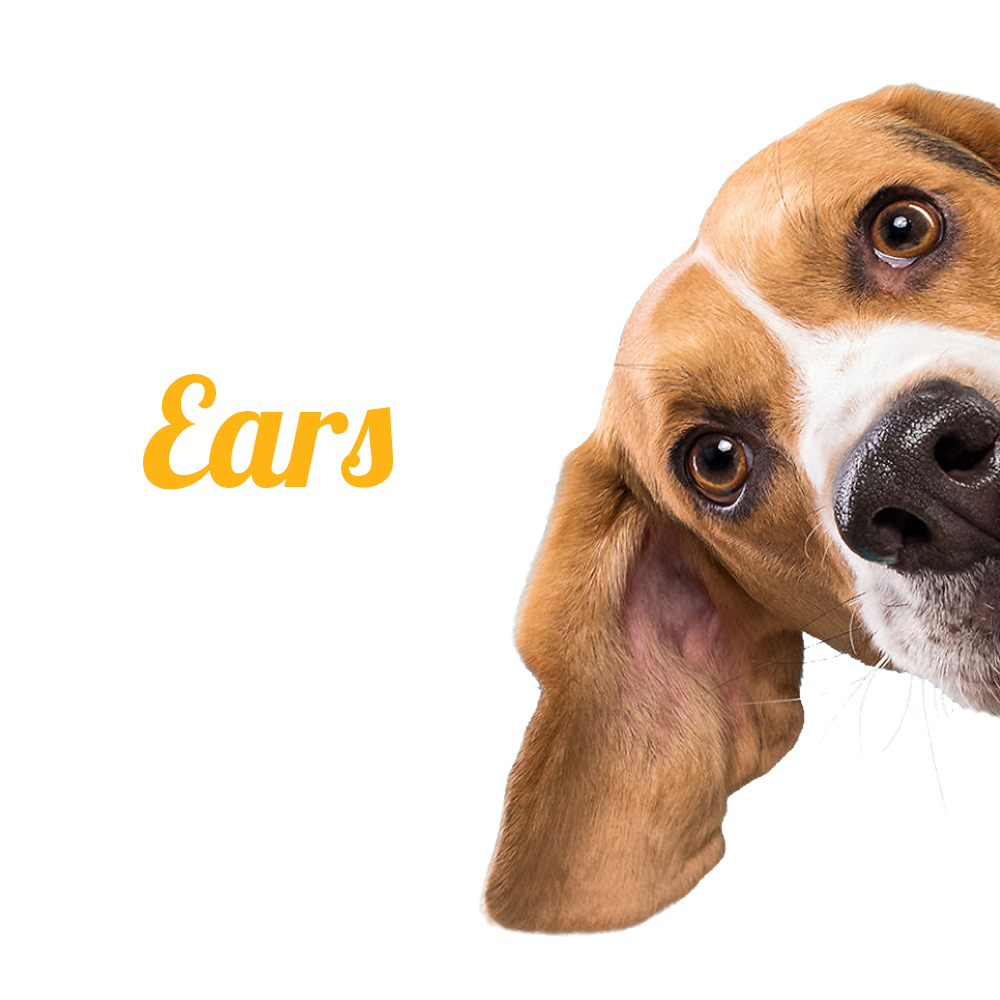
Because a dog is
so sensitive to sound, the position of their ears is a great window into what
they are thinking and how they are responding to the environment around them.
Of course, remember a dog’s ears come in all shapes and sizes, and how your dog
uses their ears depends on their breed. So dogs with long and floppy ears won’t
use their ears the same way as dogs with pointed ears.
But in general,
when your dog’s ears are pointed forward, this means your dog is attentive;
they’re listening to something. Your dog’s ears are usually pointed forward
when they are in exploration mode or when they have heard a new sound that
surprises them.
When your dog’s
ears are pulled back or are pressed flat against their head, then that means
something has scared your dog. They are fearful or they could be nervous—they are
just a bit wary of everything around them. A dog also pulls their ears back
against their head when they are feeling sad, so if you see them do this when
you leave the house, you know why.
If your dog’s ears
are in a neutral position, well then, they are at ease with themselves and
everything is absolutely fine.
Mouth
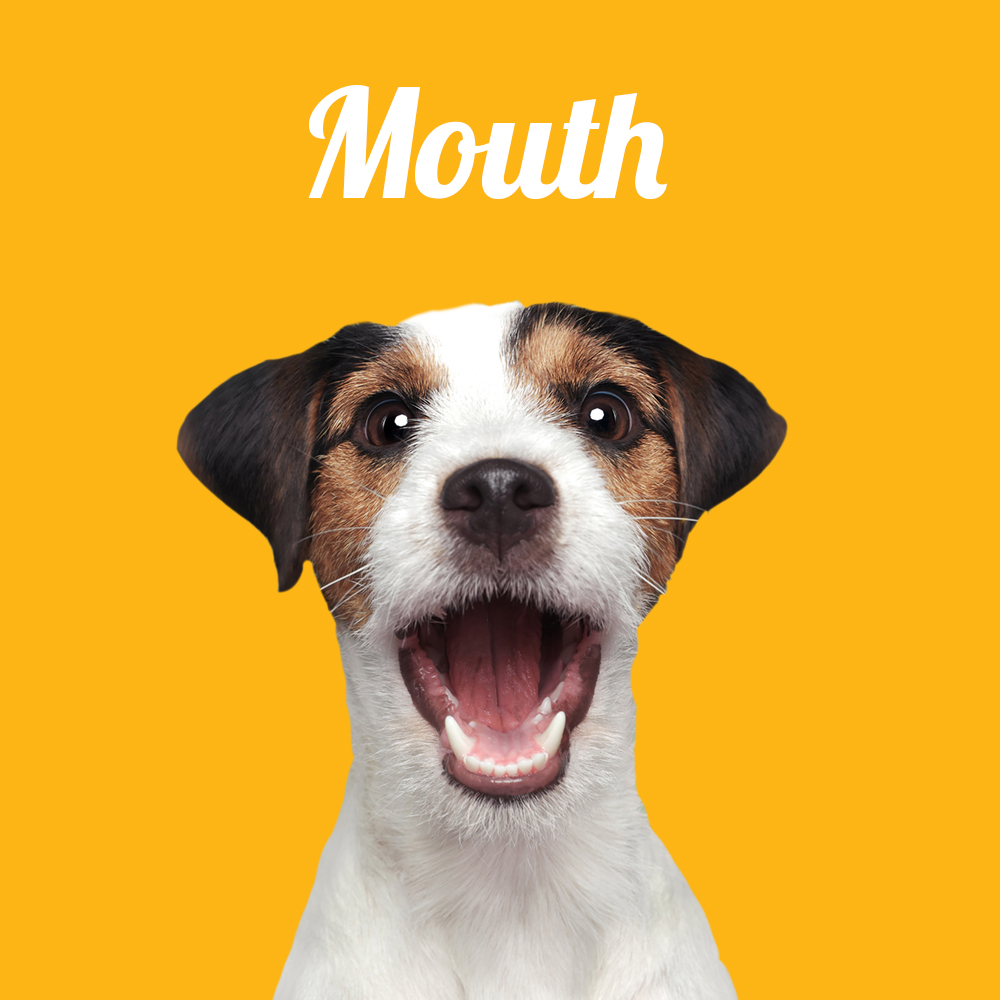
Your dog’s
expression can tell you a lot about what they are feeling; this is especially
true for the position of their mouth. A relaxed mouth will mean that it is
usually slightly open, you can see a bit of your dog’s tongue and the dog is generally
at ease with themselves. If your dog’s mouth is tense, however, and you can see
the tightness around their muzzle, then your dog is anxious or upset, and it is
best to try and de-escalate the situation.
An aggressive dog
will show you their aggression. Their lips will be pulled back, showing their gums
and teeth, and they will often be growling or snarling. This is a dog that is
close to snapping or biting. If this is your pet, you will need to deescalate
the situation and try and remove them from the stressor. If it is a stray, give
the dog their space and don’t interact with them.
But, just to make
matters slightly confusing, there is also the submissive grin. A submissive
grin looks an awful lot like aggression: the mouth is pulled back to show gums
and the teeth. Dogs often get into trouble for a submissive grin with their pet
parents because pet parents think they are showing aggression and they need to
be disciplined. But the submissive grin is actually the opposite of aggression.
It is your dog’s way of
fending off aggression—their way of saying look
at my useless teeth, I am so harmless
. Dogs often use the submissive grin
when playing with dogs they are scared of or when meeting new people they are
nervous around. A submissive grin can be identified with a whole host of other
body language: the dog’s posture is usually lower than normal, they may lick
you after a submissive grin, they may lick their lips or back away. To tell the
difference between a submissive grin and aggression, you need to look at the
whole picture.
Eyes
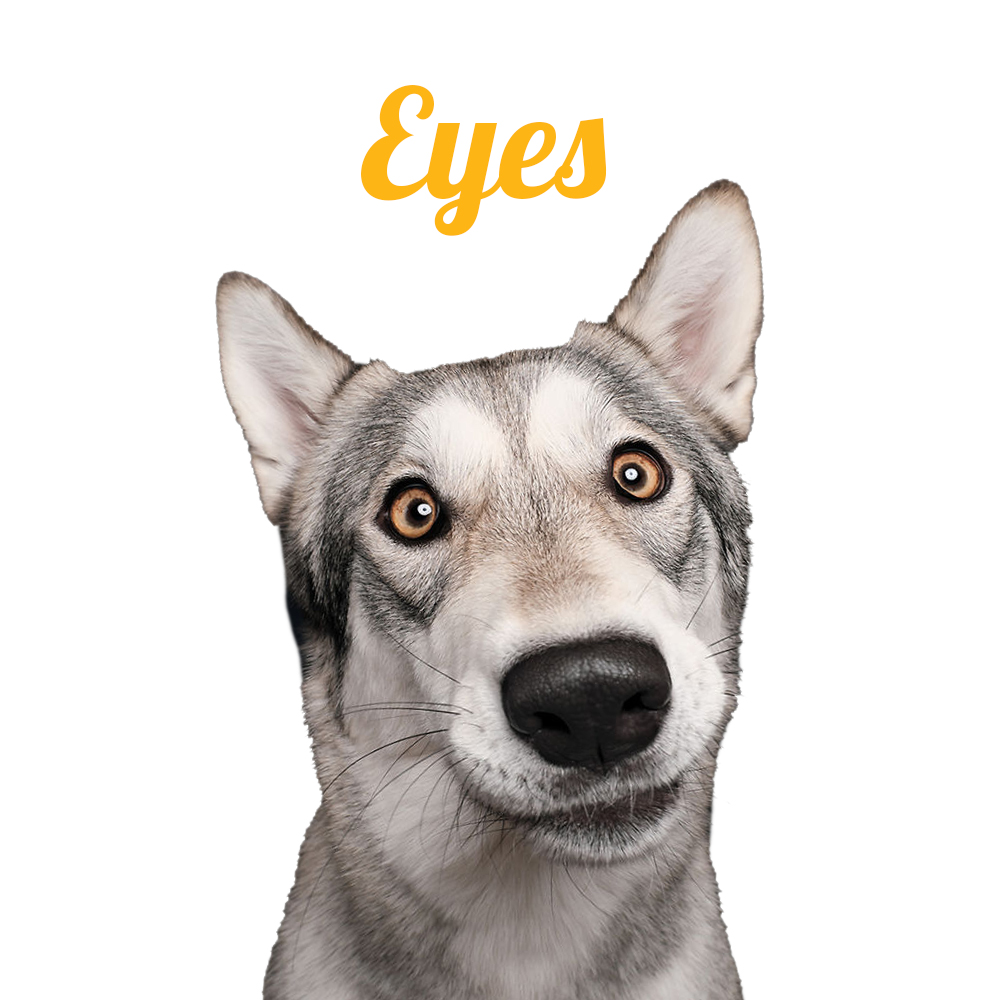
We all know what
it means when your pup looks up at you with melting brown eyes—it means they
want something. We know this because that look is difficult to resist, and you
have to battle with yourself not to give them the world. But do you know your
dog gives you other signals with their eyes?
A dog’s eyes are
an expressive part of their body and they use it to speak in many ways. If a
dog is staring you down with concentration, then that’s aggression and a
precursor to a fight or violence. If a dog refuses to meet your eyes, however,
they’re feeling shy and uncomfortable. When a dog is refusing to meet your
gaze, don’t take offence—they’re not ignoring you, they are just feeling
anxious. Be gentle with them.
The clearest sign,
of course, that your dog is uncomfortable is the whites of their eyes. Dogs
show you the whites of their eyes when they are feeling anxious or stressed. This
means they look sideways, to show you the white of the eyeball around the pupil
(this is also known as the whale eye).
If your dog is
relaxed, then they will squint so that you can see none of the whites of their
eyes.
Yawning and
Panting
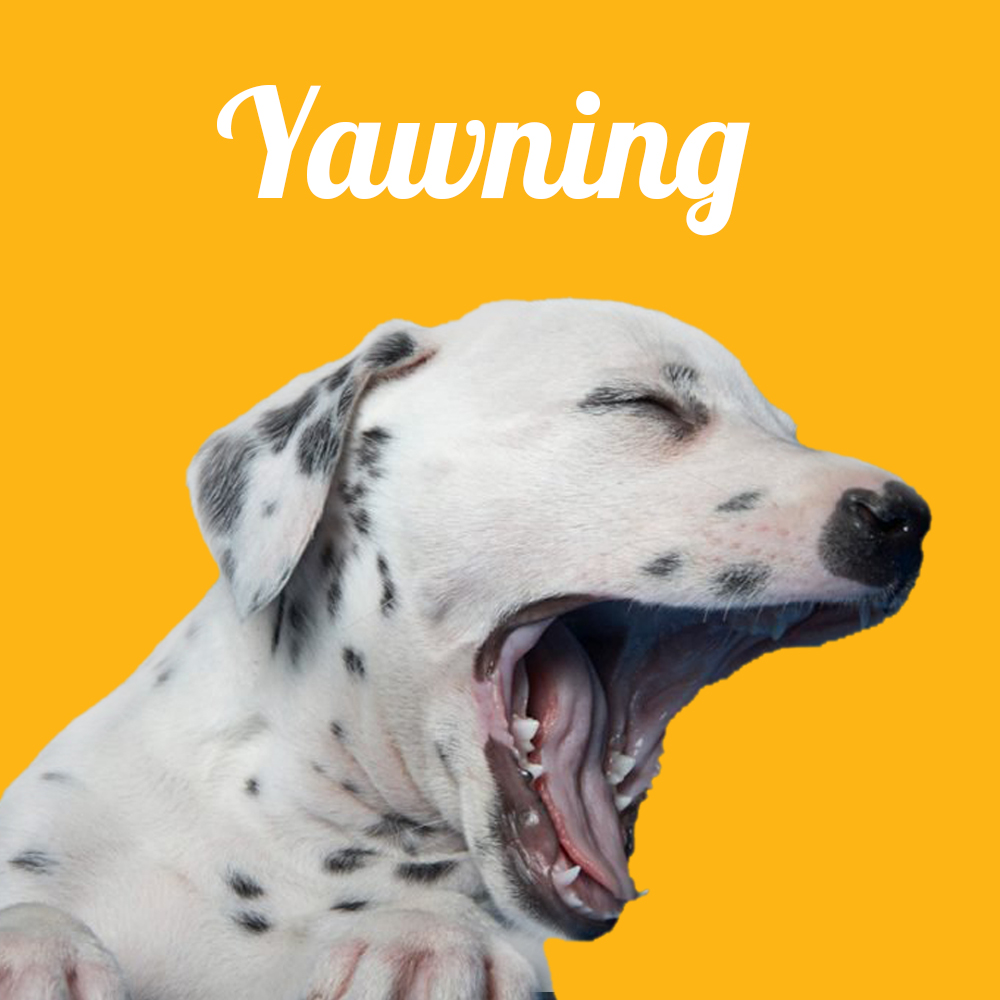
Both yawning and
panting are such natural processes, we don’t really think much about them. A
yawn means your dog is tired, and panting means they’re feeling hot—right?
Isn’t that all there is to it?
Not quite. It is
true that your dog yawns when they’re tired and pants when they’re feeling hot,
but both actions can indicate other things as well. Panting is usually a sign
your dog is trying to regulate their temperature, but dogs also pant when they
are excited. Panting can also indicate your dog is overly hot or is suffering
from excessive thirst, both of which can be symptoms of a more serious illness.
Keep an eye out for how often your dog is panting and in what circumstances to
judge whether it is something you need to look into.
Yawning can be a
calming activity for a dog. This could mean various things. It could mean they
are stressed and they are trying to calm themselves down. As pet parents, you
could interpret a yawn as your pet telling you:
I’m not a big fan of this
activity and it’s trying my patience
. A yawn is also a way to handle
nervousness, and sometimes it is even a way for your dog to control their
enthusiasm. As always, the best way to know what a yawn means is to look at the
situation. If you are hugging your dog a lot and they yawn, then that might mean:
This isn’t great for me, please stop. But if you’re about to take them
on their favourite walk and they yawn, and their body language is otherwise
enthusiastic—well then, they just can’t wait to get going. Circumstance is
crucial to understand what precisely your pet is telling you.
We hope you have enjoyed this blog series on Animal Behaviour Essentials—we’ve definitely enjoyed writing it! Learning to communicate with your dog is a beautiful thing, as is gaining an insight into their thoughts. Our best friends are complex and intricate creatures, and we hope this series has given you a foundation with which to better understand them.
Comments
No posts found
